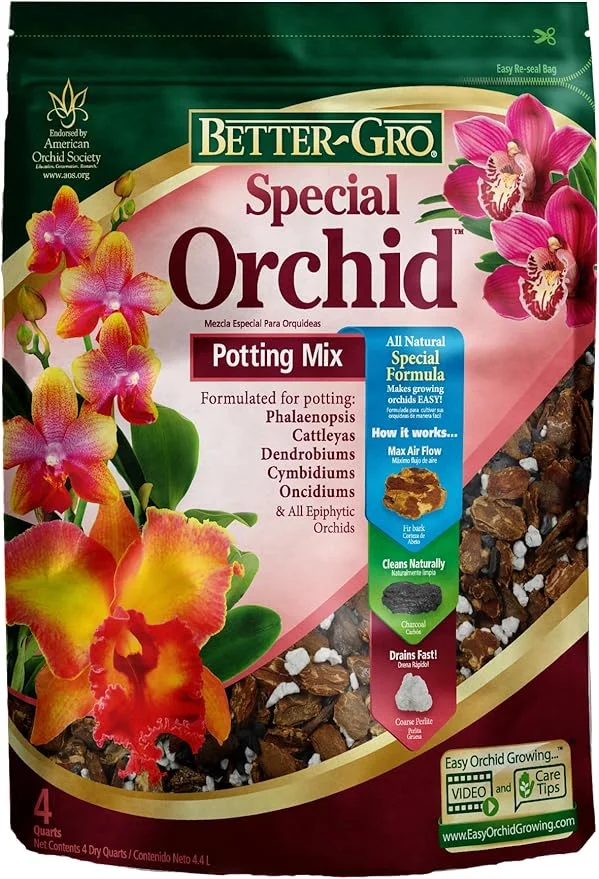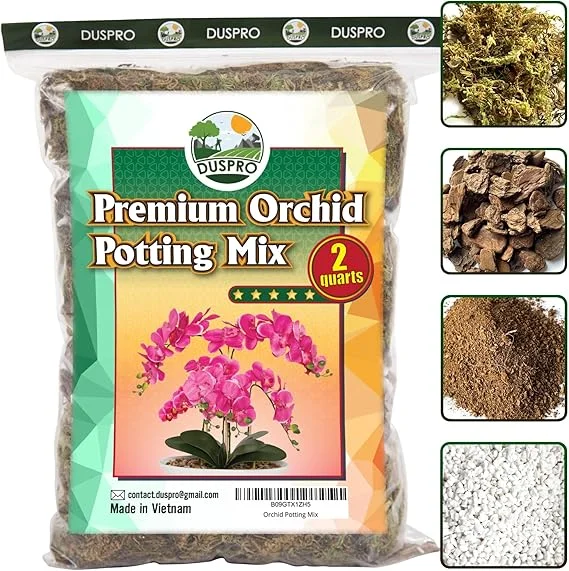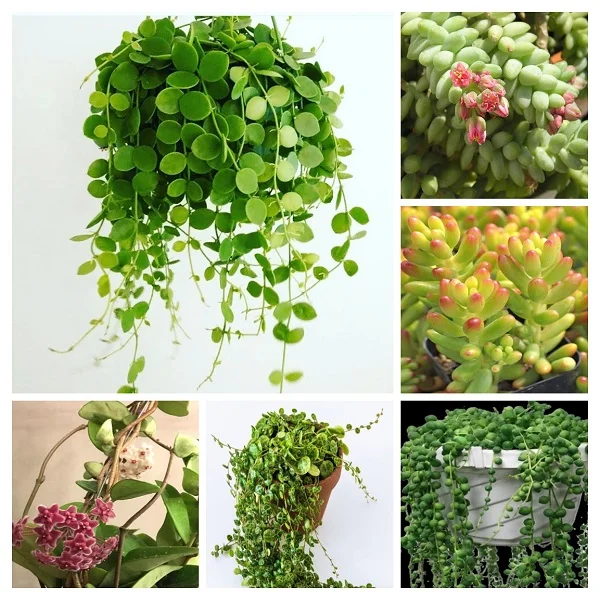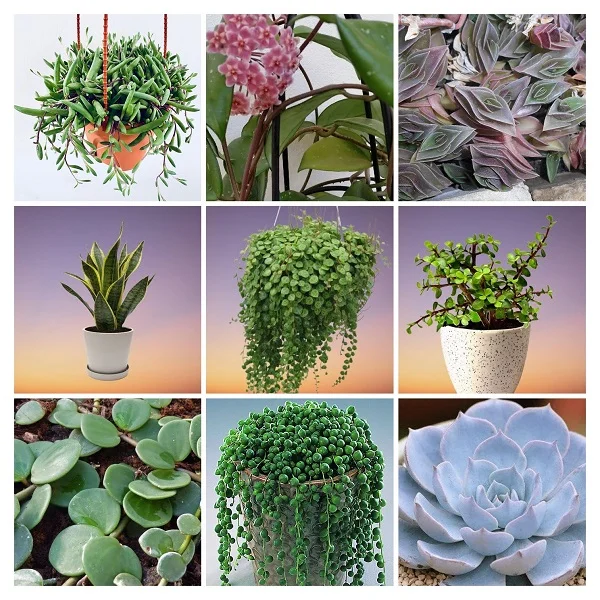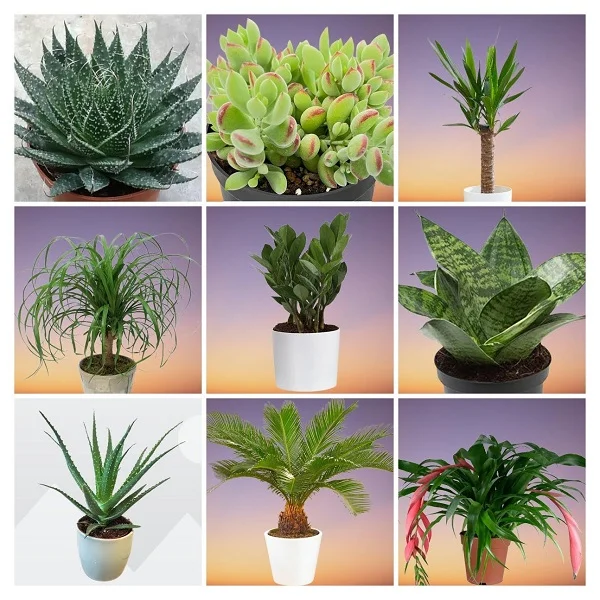Dischidia ruscifolia (Million Hearts Plant) Indoor Care, Propagation, Problems & Solutions
Some links in this post may be affiliate links
Dischidia ruscifolia (Million Hearts Plant) grows best in bright light with some morning sunshine, average warmth and humidity, and moderately moist, rich, well-drained soil coupled with two feedings in the growing season.
Million Hearts Dischidia is a popular plant with numerous heart-shaped leaves on trailing stems and hence the common name, 'Million Hearts Plant'.
Dischidia Million Hearts is among the best plants for a hanging basket, pedestal, tabletop, desktop, shelf and any other place where the stems will cascade downwards beautifully to display the spectacular foliage.
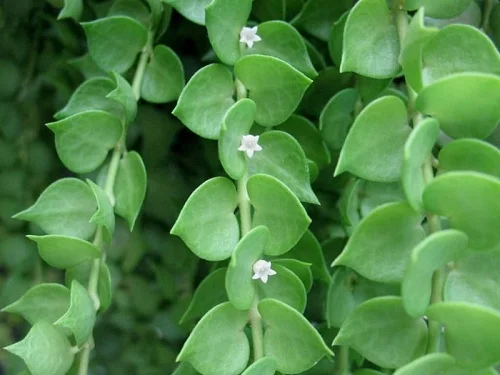
Botanical name: Dischidia ruscifolia
Family: Apocynaceae
Common name: Million Hearts Plant, Dischidia Million Hearts
Origin
Dischidia ruscifolia is native to Philippines where it grows as an epiphyte on top of trees, attaching itself to the trees by means of its tiny roots borne at the leaf nodes.
Flower
Million Hearts Plant flowers are white, tiny and very fragrant. It flowers readily and often when grown indoors.
Is Dischidia ruscifolia toxic?
Yes. Million Hearts Plant is considered toxic to humans, cats, dogs and other pets if ingested. It produces a milky sap which can irritate the skin. Keep Dischidia ruscifolia away from the reach of children and pets to avoid any mishaps. Always wear gloves when handling the plant.
Dischidia Varieties
• Watermelon Dischidia (Dischidia ovata) which bears oval-shaped leaves with markings which resemble the rind of the watermelon fruit.
• String of Nickels Plant (Dischidia nummularia) with trailing stems and succulent leaves which form a dense mass of greenish-yellow foliage. The flowers are white to yellowish-white.
Where to Buy
If you would like to acquire Million Hearts Plant, you may obtain them online from Etsy (Link to Etsy).
How do you care for Dischidia ruscifolia indoors?
To care for Dischidia ruscifolia indoors, give it bright light with 4-6 hours of morning sunshine, warmth of 18-300C, humidity of 50-55% and moderately moist, rich, well-drained soil coupled with two feedings during the growing season.
Million Hearts Dischidia has no need for frequent repotting as it has a small root system. Pruning is needed to keep it neat, to discourage pests and diseases and to control growth. Keep reading for more on the best growing conditions and how to provide them.
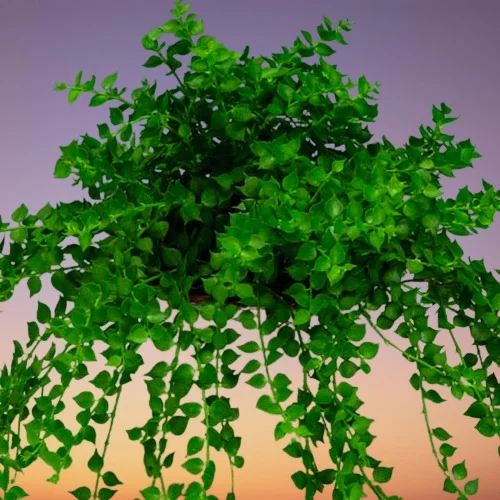
Watering
How often should I water Dischidia ruscifolia?
Do not water Dischidia ruscifolia on a schedule to avoid either overwatering or underwatering which are detrimental to the growth of the plant.
Water your Dischidia ruscifolia thoroughly in spring and summer and allow the top 2-3 inches of soil to dry out between waterings. Keep the soil moderately moist and avoid overwatering to prevent rotting, yellow and leaf drop.
Significantly reduce watering in fall and winter to maintain the soil barely moist as the growth is minimal at this time. Do not allow the soil to dry out completely to avoid wilting, drooping and yellowing leaves.
Use water that is at room temperature to avoid shocking the plant which can result in slowed growth and leaf drop. Ensure that the water is free of chlorine and other chemicals to prevent staining and browning of leaves.
Make sure that the pot has a drainage hole and the soil is free-draining to avoid waterlogging which can lead to rotting, yellowing and death of the plant.
Light Requirements
Does Dischidia ruscifolia need sunlight?
Yes. Dischidia ruscifolia thrives in bright light with 4-6 hours of morning sunshine. Keep it away from hot midday sunshine to avoid scorching of the foliage.
Too little light results in a leggy plant and yellow leaves while too much direct sunlight will cause the leaves to turn reddish. Therefore, if the natural light in your home is not adequate, consider investing in grow lights to supplement it.
Rotate the pot regularly to ensure that the plant gets light on all sides, which prevents it from becoming leggy.
Temperature & Humidity
Dischidia ruscifolia requires a warmth of 18-300C to thrive. Keep it away from sources of drafts as it can result in stunted growth, yellowing and leaf drop.
Moderate humidity of 50-55% is adequate for Million Hearts Dischidia. It has no need for extra humidity but is benefits from regular misting of the leaves. Ensure good air circulation to prevent fungal diseases.
Fertilizer
Feed your Dischidia ruscifolia in spring and summer with a slow release fertilizer as per the manufacturer's instructions. The Plant is not a heavy feeder so be careful when feeding. Stop feeding in fall and winter as growth is minimal at this time.
Potting Mix
What is the best soil for Dischidia ruscifolia?
Being an epiphyte, the best soil for Dischidia ruscifolia should be a rich, loose, free-draining, bark soil to avoid getting soggy soil. Most orchid potting mixes are ideal for this plant.
Repotting
Million Hearts Plant has a small root system so frequent repotting is not necessary. Repot the plant at the beginning of the growing season (spring to early summer), only when it becomes crowded in its current pot.
Use a pot 1 size larger and one that has a drainage hole to avoid soggy soil as it can lead to root-rot. Use a shallow pot as the plant has small roots. Take a look at these succulents pots available on Amazon.
Pruning
How to prune Dischidia ruscifolia?
Pruning Dischidia ruscifolia involves removal of any dead leaves and stems to keep the plant neat as well as discourage pest and disease infestations.
Trim the stems at the beginning of the growing season if they become straggly to rejuvenate growth.
Dischidia ruscifolia Propagation
Dischidia ruscifolia (Million Hearts Plant) propagation is done from stem cuttings at the beginning of the growing season for faster establishment.
Million Hearts Plant propagation from stem cuttings in soil
Take 3-5 inches stem cuttings from a healthy plant. Ensure each cutting has 2-3 leaf nodes as this is where new growth will emerge from.
Allow the cuttings to dry (callus) for about 7 days to avoid rotting.
Press the cut end into moist, loose, free-draining soil or lay the string on top of the soil and lightly press the leaf nodes into the soil.
Place in a warm, well-lit place and maintain the soil moist until they are rooted.
Allow substancial growth before transplanting the new plant after which routine care can begin.
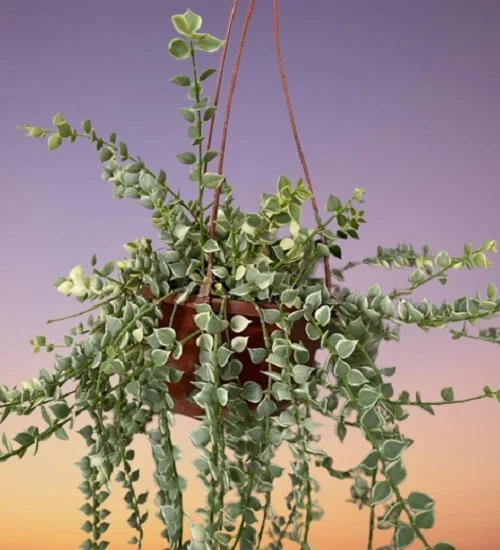
Dischidia ruscifolia Problems & Remedies
Dischidia ruscifolia (Million Hearts Dischidia) problems are plant dying, yellowing leaves, dropping leaves, brown leaves, leggy growth, pests and diseases among others. Keep reading for more on these problems, their remedies and solutions.
Plant dying
Why is my Dischidia ruscifolia dying?
Your Dischidia ruscifolia is dying due to root-rot disease, overwatering, underwatering, overfeeding, incorrect temperature, pests, diseases among others.
Take a look at these 11 Reasons Why Dischidia Plant is Dying and How to Fix Them.
Yellowing leaves
Why are the leaves of my Dischidia ruscifolia turning yellow?
The leaves of your Dischidia ruscifolia are turning yellow due to inconsistent watering, soggy soil, little light, cold drafts, nutrients deficiency, salts buildup, pest infestations, root-rot among other reasons.
Check out this post on 12 Reasons for Million Hearts Plant Yellowing Leaves and their Remedies
Dropping leaves
Why is my Dischidia ruscifolia dropping leaves?
Your Dischidia ruscifolia is dropping leaves due to cold water, inconsistent watering and temperature stress.
How to fix it
Too cold water: Water the plant with water that is at room temperature to avoid shocking the plant.
Inconsistent watering: Do not water on a schedule. Water when the top 2-3 inches of soil dry and never allow the soil ball to dry out completely.
Temperature stress: Keep the plant away from drafts originating from windy doors, drafty windows, AC units, stoves, hot air vents among others.
Brown leaves
Why are my Dischidia ruscifolia leaves turning brown?
Some of the causes of brown leaves on your Dischidia ruscifolia are incorrect watering, too little light, extreme temperatures, and aging.
How to fix it
Incorrect watering: Water when the top 2-3 inches feel dry but do not let the soilball dry out completely.
Too little light: Position the plant in a brightly-lit spot with 4-6 hours of morning sunshine.
Extreme temperatures: Protect the plant from drafts coming from hot surfaces, AC units, windy doors, drafty windows and others.
Aging: With maturity the older leaves begin to die; they first turn yellow, then brown and eventually fall off.
Leggy growth
Leggy growth (elongated stems) on Million Hearts Dischidia is due to overwatering and too little light.
How to fix it
Overwatering: Decrease watering to maintain the soil barely moist in fall and winter.
Too little light: Place the plant in a brighter spot or use a grow light if the natural lighting is not adequate.
Pests
What are the pests of Dischidia ruscifolia?
Common pests of Dischidia ruscifolia are spider mites, scale insects, aphids and mealybugs.
How to fix it
- Check underneath the leaves regularly for these pests and take timely control measures.
- Isolate the affected plant to prevent spread to other plants.
- Treat the infested plant with neem oil or insecticidal soap as per the manufacturer's instructions.
- Regularly damp-wipe the leaves with a soft cloth to discourage the pests.
- Maintain the plant well pruned to minimize the hiding and breeding grounds for these pests.
Diseases
Million Hearts Dischidia is prone to the following diseases:
1. Leaf spot disease which is characterized by brown, moist spots on the foliage. In a serious attack the spots can enlarge and merge, killing the whole leaf.
How to fix it
- Remove and burn the affected parts to reduce the risk of spread to the rest of the plants.
- Spray the affected plant with a systemic fungicide and ensure to follow the manufacturer's instructions.
- Keep the plant on the dry side and do not mist it for several weeks.
2. Powdery mildew which is a fungal disease and is prevalent in warm humid conditions. It is characterized by spotting or coating of the leaf surface with a white powdery deposit.
How to fix it
- Remove the affected leaves and discard to reduce spread to other parts of the plant.
- Spray the plant with a systemic fungicide as recommended by the manufacturer.
- Improve the air circulation for the plant as doing so reduces the occurrence of the disease.
You liked it? Share on social media.
Related Content
Amazon Associates Disclosure
Homeplantsguide.com is a participant in the Amazon Services LLC Associates Program, an affiliate advertising program designed to provide a means for sites to earn advertising fees by advertising and linking to amazon.com.
